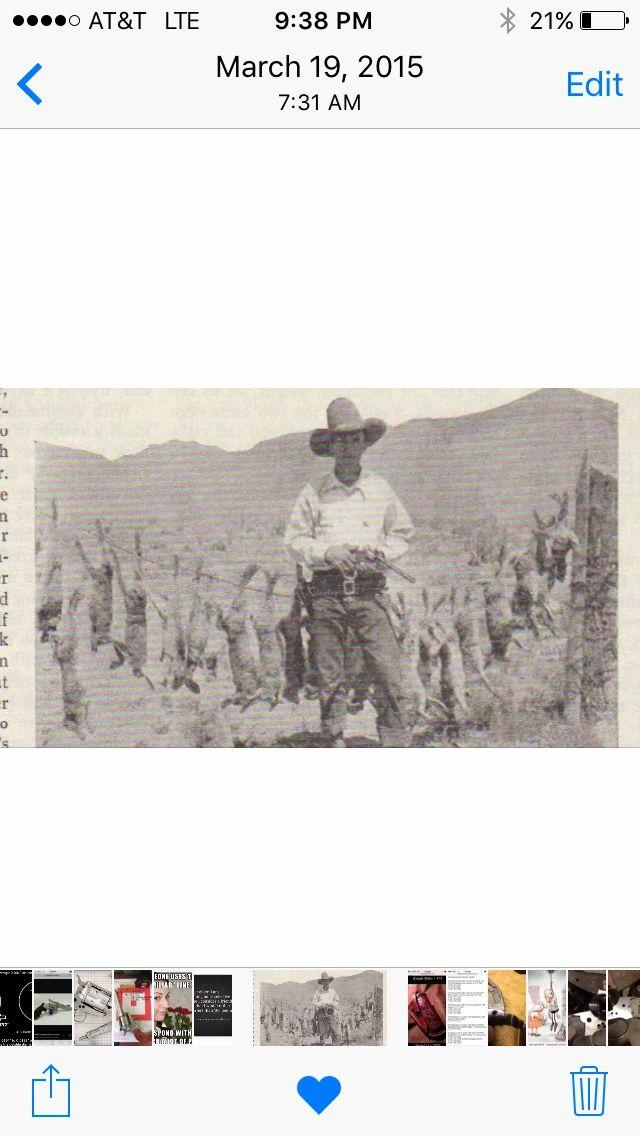I've never had this type work done. Only reason I would do it is I don't want a problem later or to high of pressures.
Can I just shoot it or is it dangerous. And who do you reccomend for the job?I know I can buy reamers but this is not up my alley.
Thanks
I do not understand why this would be an issue to raise in the first place. I am an owner of new model a Ruger Blackhawk .45 LC/ACP Flattop, and I shoot both jacketed and all lead bullets. This gun came with two cylinders, and one is for shooting .45LC, and the other is for shooting .45 ACP rounds. I have zero problems with any manufactured ammo, whether new or remanufactured ammo, and this is true for both cylinder.
As for safety, there are 3-4 high powered .45LC rounds made (mainly by Buffalo Bore) that are not SAMI specified (but they should be). Since my Ruger is a Flattop, I am not allowed to shoot the top 3 most powerful .45LC rounds, but I have shot many times the round that delivers 1,214 ft. lbs., and the gun REALLY kicks with this load. The max BB .45LC load is 1,344 ft. lbs. (Buffalo Bore). I think any .45 ACP, including .45 Super would fire just fine, and these can go up to 694 ft. lbs. (Buffalo Bore).


